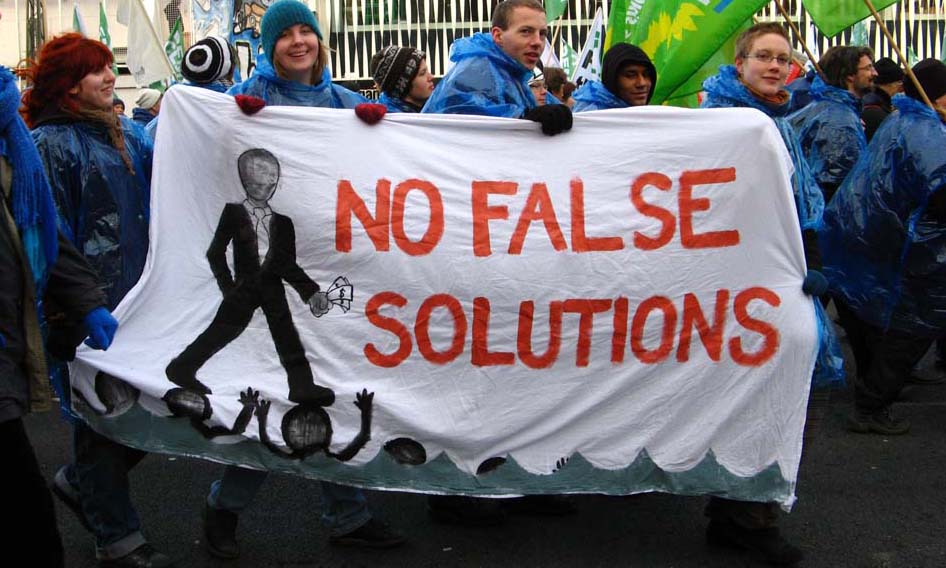Editor’s note: The ability to work with others who we may disagree is fundamental to organizing in a socially fractured, multi-polar world. But doing so is difficult, distasteful, and increasingly rare in our filter-bubble modern experience, where people we disagree with are purged in service of the creation of ideological echo chambers. Today’s essay speaks to the necessity and challenges of such coalition-building. Before we begin, we would like to share with you some actionable advice for coalitions. Building principled alliances depends on a series of steps that must be undertaken with intelligence and great care: 1. Movement Building. You cannot build an alliance as an individual. Alliances are built between organizations. We will assume here you have already done the work of identifying the core issues you are trying to address, articulating your core values, and bringing together a team/organization to take action. 2. Objectives. Alliances depend on you clearly understanding what you are trying to achieve. Determine your objectives. Ensure they are SMART and practical. You may also wish to sequence objectives along a timeline towards your broader strategic goals. 3. Understand the Political Context. Conduct a spectrum of allies exercise. Identify communities, individuals, and organizations who are involved in the situation or may be swayed to take part, and how sympathetic they are to your perspective. 4. Determine Potential Allies. Determine which organizations you will focus on for alliance building. Usually, this is not the “easy allies” who will work with you regardless of what you do. Instead, pivotal allies are often found among the ranks of those who are ambivalent or opposed to your organization in some way. Focus on key individuals, usually either formal or informal leaders. Research these people and identify areas of overlap, shared values, and how to effectively communicate with them. 5. Build Relationships and Negotiate. Talk with potential allies. Begin to build a relationship. Do not gloss over disagreements, but focus on areas of mutual benefit and overlapping values. Propose specific ways work together towards shared goals. Keep in mind that collaboration can fall along a spectrum from public to private, that political considerations may prevent certain approaches, and that building trust takes time.
...









